Are you tired of your competitors outranking you?
You’ve spent time optimizing your site but it still isn’t turning up as high as you thought it would (or should).
What does the competition have that you don’t?
How are they making a killing over your site when it comes to search results?
The answer?
Typically it comes down to ideas and backlinks – lots of backlinks.
The trick is that these can’t be bought or borrowed. You have to earn them.
The good news is that you can use your competitor’s site as a model to eventually surpass them in the search results and win the traffic race.
Here’s how to find out what your competitors are doing, reverse engineer their tactics, and then blow them away with better execution.
Who Are You Competing with for Links?
It isn’t who you think it is.
That might sound wrong, but stick with me for a second and I’ll explain.
If you have a brick and mortar location, you’re probably thinking of the guy or gal down the street. If you’re online, you’re leaning towards the 800-pound gorilla in the space.
Neither is going to help you much in this case.
With the first one, their online footprint is often too small to help you. They won’t have enough strong, replicable links to provide any insight. They’ve probably received many of their links serendipitously over the years by delivering a decent product and sticking around long enough.
On the other end of the spectrum, you have the huge products or companies in the industry.
Simply put: You often don’t have the resources, brand awareness, or credibility to pull off the same links that they might.
Massive brands are like magnets for good links, and many times you’ll struggle even to get noticed by the same people.
So you need a different approach.
In the beginning, it takes a little more thought and effort to figure out who is a good competitor to benchmark against. And then second, how can you go after the same links at scale.
I’ll show you how to do both of those things right now.
One of my favorite tools to start with is SEMrush. Pull up an account and begin by entering your domain name.
Once your website’s data pops up, select “Domain Analytics” and then “Organic Research” to find the “Competitors” link. (You can see that on the upper left-hand corner of your screen.)
Now the table in the middle of your screen will list out who your biggest SEO competitors are based on the industry, same topics, and more.
Then the graph right above the table will visually help you figure out who’s bigger, smaller, and where you are in relation.
They do that by comparing your estimated organic search traffic and number of organic keywords sending you traffic.
Keep in mind that these are estimates. SEMrush obviously can’t look into someone’s Google Analytics account and know for sure. But they’ve built their own toolset to replicate what a search engine’s process might look like.
That’s fine because at this point you’re just looking for a general range of competitors. For example, based on the earlier graph, we can already tell a few things:
- NeilPatel.com and QuickSprout.com are neck and neck
- WordStream and Kissmetrics are just ahead, with Moz way out in the lead
- And Backlinko is coming up fast behind us
If I wanted to catch Moz, it’s probably going to take awhile (if ever).
But now with a little knowledge, I can position myself against WordStream and keep an eye on what Backlinko is up to so that I can continue to climb.
Now let’s head over to Moz and use their Open Site Explorer to pull up the link profile of each competitor.
You can do this in SEMrush and many other tools, but I want to show you how to replicate the process in a few different examples, so you realize that it’s not about the tools at the end of the day.
We’re going to use Open Site Explorer to try and reverse engineer what our competitors are doing. Not just the link per se, but the stuff going on in the background that generated those links for them.
For example, are there any obvious trends that stick out? Is their content longer than yours? Are they using more images or maybe fewer images?
These are the kinds of components you will want to imitate – and exceed eventually.
Let’s continue picking on Backlinko as one of our top competitors listed earlier. I’m coming for you, Brian! 😉
How to Start Spying on the Competition like James Bond
Go ahead and drop in the competitor’s URL into the address bar and hit “Search.”
Here’s what it should look like when results start popping up under “Inbound Links.”
The section at the top (under “Authority” and “Page Link Metrics”) are site-wide metrics. So they’re meaningful, but not very helpful for us right now.
Instead, we want to dive deeper into the table below where it says “Inbound Links.”
You can adjust the settings if there are particular links you’re trying to find or links to a subdomain for instance (like the blog: https://blog.backlinko.com/”).
Under target, select “this root domain.”
For link source, click “only external.”
Under link type, select “only follow.”
Perfect, we should be ready to go. Let’s take a look at what Brian’s been up to recently:
At first, you’re just looking for a high-level overview.
So start by looking for what types of content, patterns, or trends stick out as working extremely well.
The next step is to then turn your attention over to who’s linking to him (and try to discern why).
For example, let’s focus on content initially.
You can run through a series of simple questions like the following, making notes based on your quick observations:
- What kinds of content are attracting attention?
- Listicles? Long form blog posts?
- What approach to images does the competitor take?
- Are they using infographics?
- Does the popular content follow any trends?
- Do they all have a similar word count?
Next, check out which publications are sharing that popular, trending content.
Make a list of the top ranking domains that are giving your competitors backlinks (more on this later), and examine if the content of these publications fits with your specific product or service.
If it does, let’s keep track of them in a quick list.
Fire up a Google Spreadsheet and start dropping both the competitor sites and potential backlink targets into a list like so:
Got it? Good.
You’ve got the basics now for how to find the competition’s top performing content and potential link targets.
Now let’s take a look at what you’re supposed to do with this intel.
Keep in mind that our objective isn’t just to copy these, but to figure out what they’re doing to get those links and then blow them out of the water.
We’ll leave Brian alone for a bit and look at who’s linking to Kissmetrics.
Start with sorting the linking websites by Page Authority and Domain Authority on the far right-hand side. Then take a look at some of the biggest websites on here:
The first two that catch my eye are Mashable and Social Media Examiner.
Those are important because neither uses many staff writers. In other words, it’s not like there’s one consistent person at each one.
Instead, they both rely on a network of contributors. So let’s find out who wrote this one!
It’s taken two seconds and we already have a name. Click on her byline to pull up a short author biography:
Not only do we get her Twitter and LinkedIn accounts, but we can also visit her personal website, too.
It’s fair to assume at this point that if this person was interested in linking to competitor XYZ for some reason, they might be interested in including yours at some point, too.
But first, you need to get on their radar. That’s where the Twitter and LinkedIn links come in handy.
Otherwise, you can also use a tool like MailShake to help manage these outreach emails.
The best part is that you can create a follow-up email, too (just in case someone doesn’t reply to your first one).
You can even make this follow up feel personal and let them know you are serious about helping them in some capacity (beyond just asking for them to promote you first).
MailShake’s automation helps you scale this otherwise time-consuming process.
These kinds of editorial-based links are hard to get, which also makes them valuable and highly sought after.
But these are only one of many different link types.
Let’s take a look at a few more.
Partner with Nonprofits & Offer Special Discounts
We’ll use the Hard Rock Hotel in San Diego for this example.
Pull up their backlink profile in Open Site Explorer. Two things should immediately jump out at you:
The first two highlighted are links from the Rock n Roll marathon series. It looks like they’re an official sponsor of the event, so they get a few high-quality DA 80 backlinks in the process, too.
Sure, you might not be able to fork up the money for a massive 30,000-attendee event like that. But you could probably go scoop up the smaller SD Half Marathon or La Jolla Marathons.
And look what five minutes of research uncovered: A Triple Crown!
Why is that important? Because now you have three more events that are topically relevant.
Then the second example above is from NBC News about some Black Friday discounts.
Think about that for a minute.
Every single hotel puts together their own packages. But how many of those end up landing on the NBC news website?!
You could take a discount package and create something outlandish purely for PR purposes.
The Hard Rock Hotel in San Diego typically throws wild parties on big holidays.
For example, you can even get inside the building on New Year’s Eve, and that’s because they have several DJs and open bars set up across all of the common areas.
So once you’re inside, you can simply walk around and have a good time. There are no additional lines to wait in or things to pay for at that point.
In other words, they’re focusing on creating an exciting experience that completely outshines what the competitors up and down the street are doing in comparison. This one-of-a-kind event is perfect for their type of customers, so they don’t even think about going anywhere else.
And as a result, it helps give them something remarkable to talk about, share, or pitch to the press.
Here are a few more examples of a product company this time.
How to Get Links with Giveaways & Product Reviews
One of the easiest ways that product companies can get links (in addition to traffic and possible sales) is through donating products to bloggers for reviews.
For example, let’s take a look at some of the different websites currently linking to Speck Products (who makes iPhone cases, among other things).
These are product reviews from Geek.com, which not only gives them a glowing testimonial (hopefully), but also provides them with a high-quality backlink, referral traffic, and extra credibility.
Now scale this.
Find the top 100 blogs who’ve already written about iPhone cases.
Conduct some outreach (using the tips from earlier) to contact all of their sites and figure out what requirements or guidelines they have for reviewing new products.
Now box, label, and ship them out. Easy, right?!
But you can also step this strategy up a notch. Take a look at this URL linking to their site.
Can you read that? It’s a recent Engadget article (94 DA) where they’re giving away a special iPhone.
1,729 shares!
Now you’ve got the idea to run with.
Why not give away ten iPhones instead of just one?
Why not loop in influencers from different platforms, like Instagram, and make it a massive giveaway?
Why not sweeten the pot for these influencers with discount codes for their readers and a revenue sharing commission on any products sold through their site?
You could even run ad campaigns to drive more attention to this giveaway you’re running with top influencers in the space.
See?! The possibilities are truly endless.
You Can Also Use Associations & Corporate Sponsorships
Earlier we saw how the Hard Rock Hotel sponsored the Rock n Roll Marathon.
B2B companies can take the same approach.
For example, here are a few links from a completely random accounting firm that I just pulled up:
The first one looks like an image, so it’s probably the company logo being used to link back. But otherwise, it’s some related accounting organization, similar to the one below it.
Sponsoring events, speaking at events, or even just volunteering at events is almost a shoo-in to get links.
So why not attend more events? Or even start your own?!
In addition to the links, you’d also get access to potential customers or partners and member data like email addresses you could use to later cross-promote your goods.
The good news is that spying on your competitors doesn’t have to be done manually every time like this.
You can automatically keep track of new backlinks that your competitors are getting by using a tool like Ahrefs Alerts or LinksSpy.
You can create a new alert for brand terms:
And then you’ll receive weekly alerts on the competitors you enter, letting you know when and where they are being given backlinks across the web.
The site also has a feature for brand mentions, so you can identify where competitors are receiving attention but not a link.
Once you’ve begun to track backlinks of your competitors automatically, go ahead and sign up for automatic backlink alerts for your own website as well.
Every week, you will receive a detailed email of who has mentioned you online or backlinked to your site.
Add these sites to your contact outreach list. If they mentioned you before, they are more likely to mention you again.
Conclusion
Stealing isn’t always a bad thing, especially when you’re simply taking information that is already readily available to you.
Start by imitating what your competitors are doing right and then personalize the process to fit with your brand voice and product or service.
This takes a bit of elbow grease, research, and time, but the backlinks you will gain are worth it (and they also provide more direction for your other marketing, content, and promotion activities in the process).
There is no one-size-fits-all method for backlink creation.
Instead, it all comes down to your creative approach and a new spin on what other people around you might be doing.
What marketing strategies have you learned, copied, or stolen from the competition?

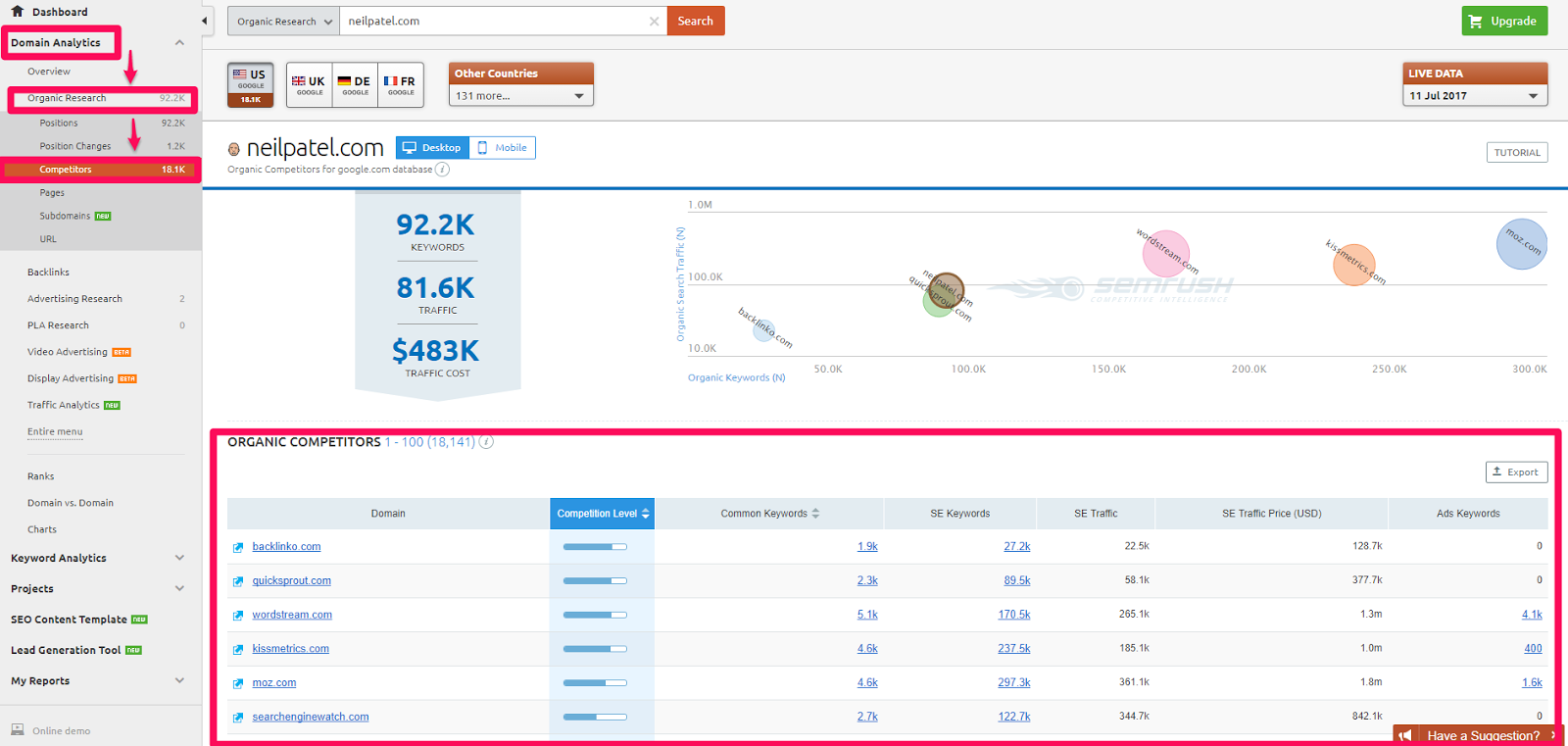
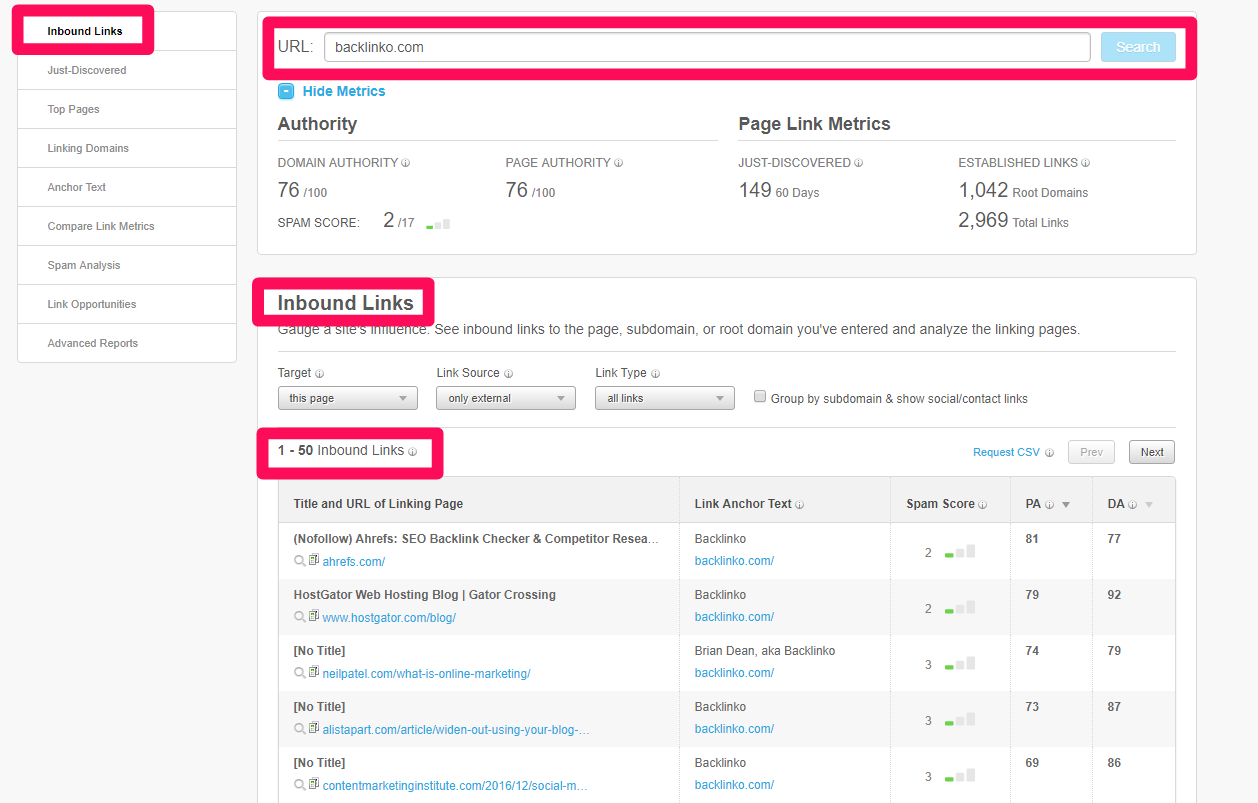

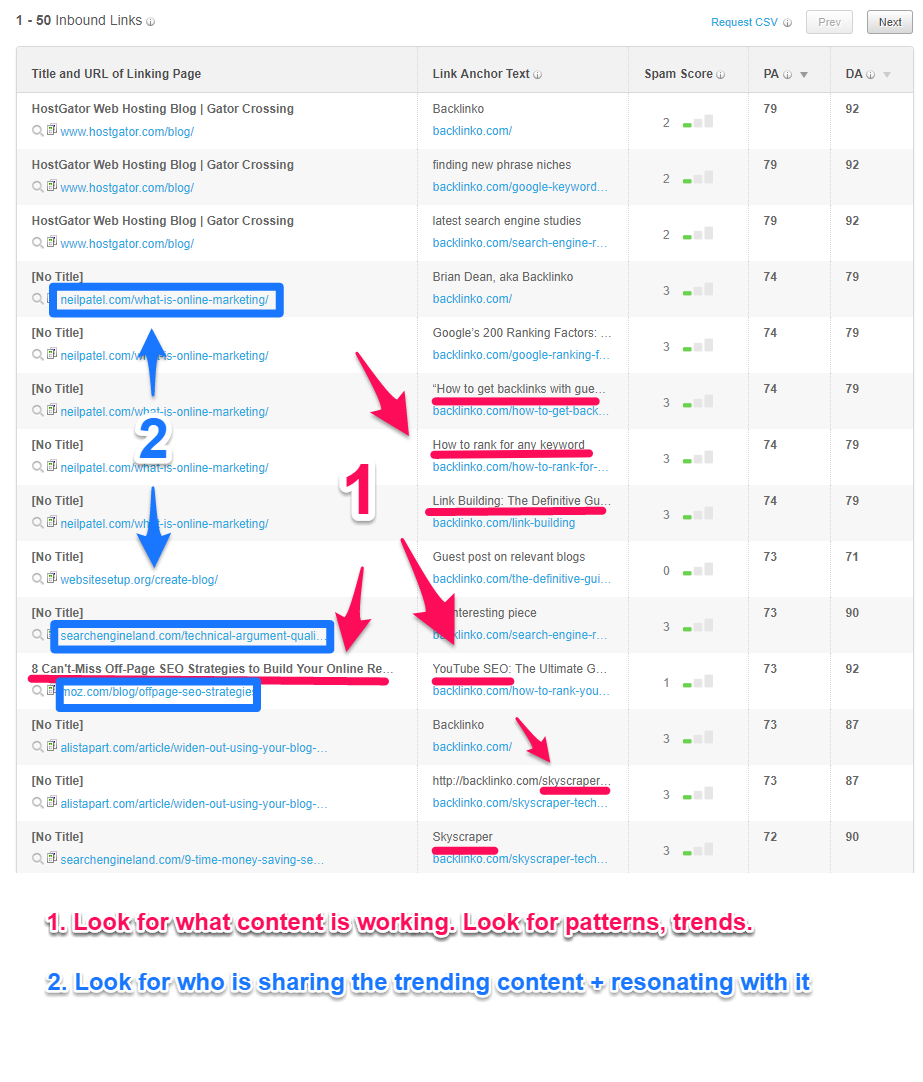

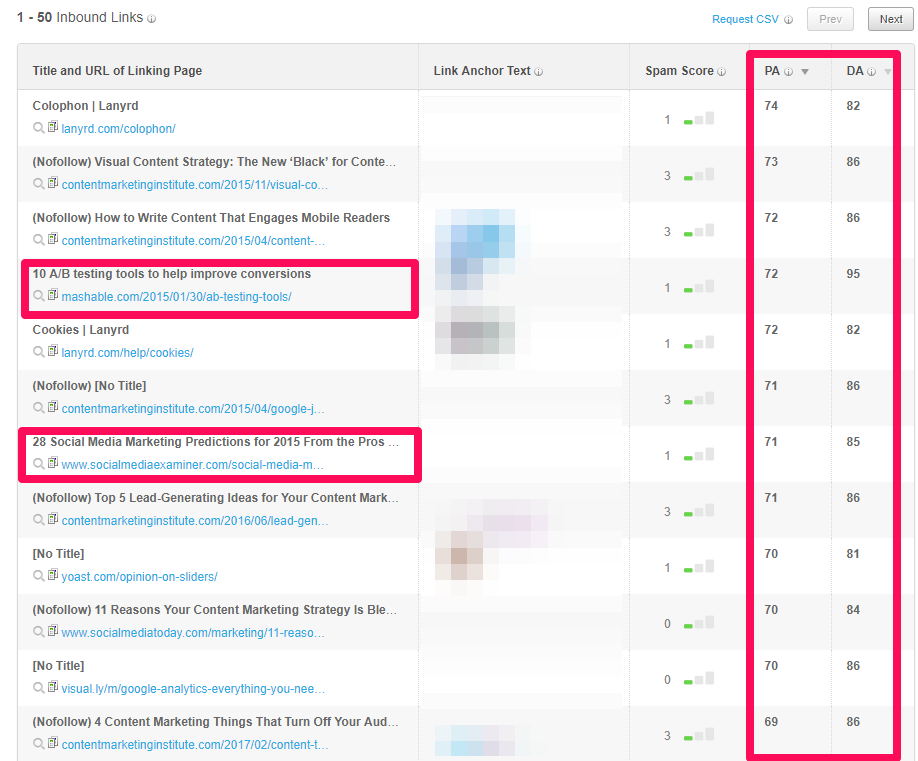


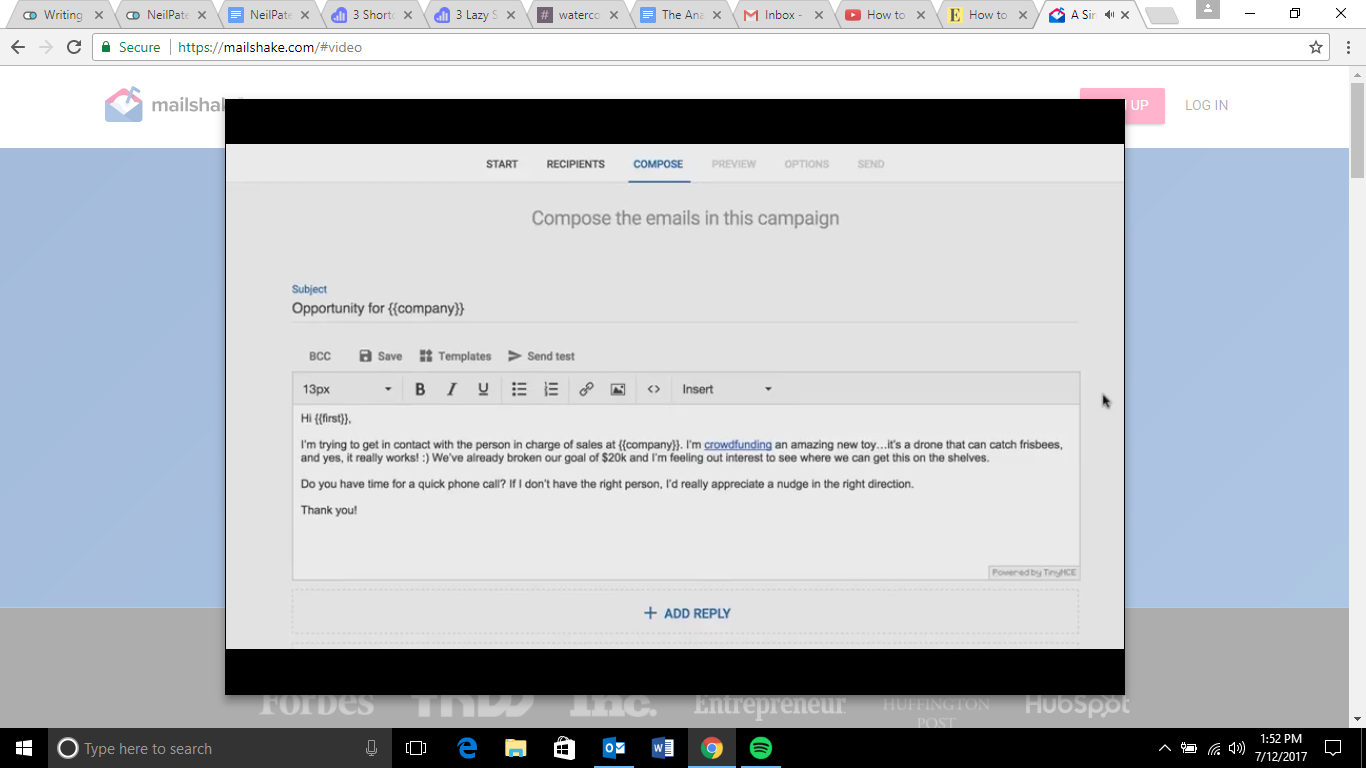

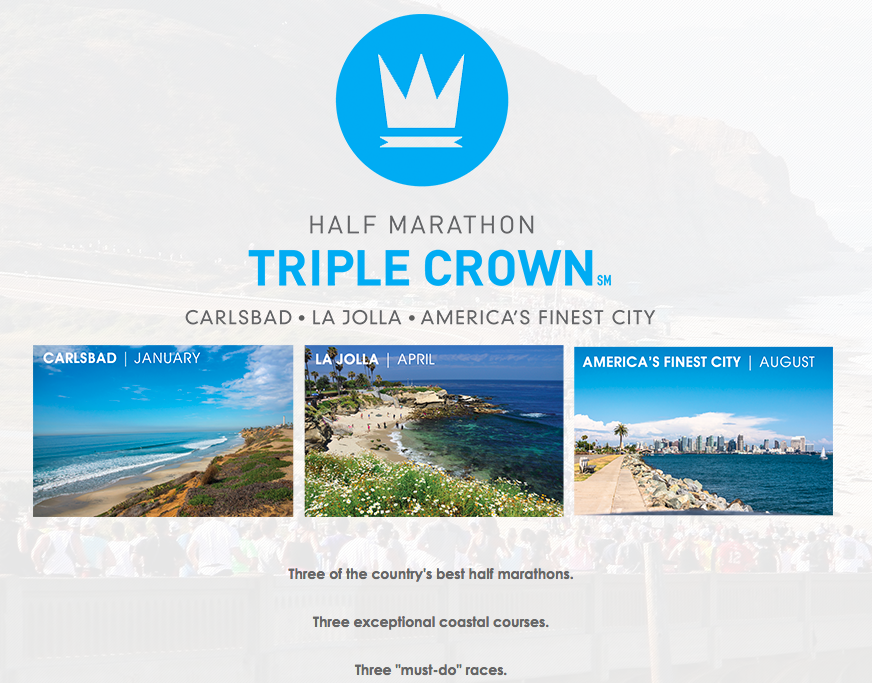




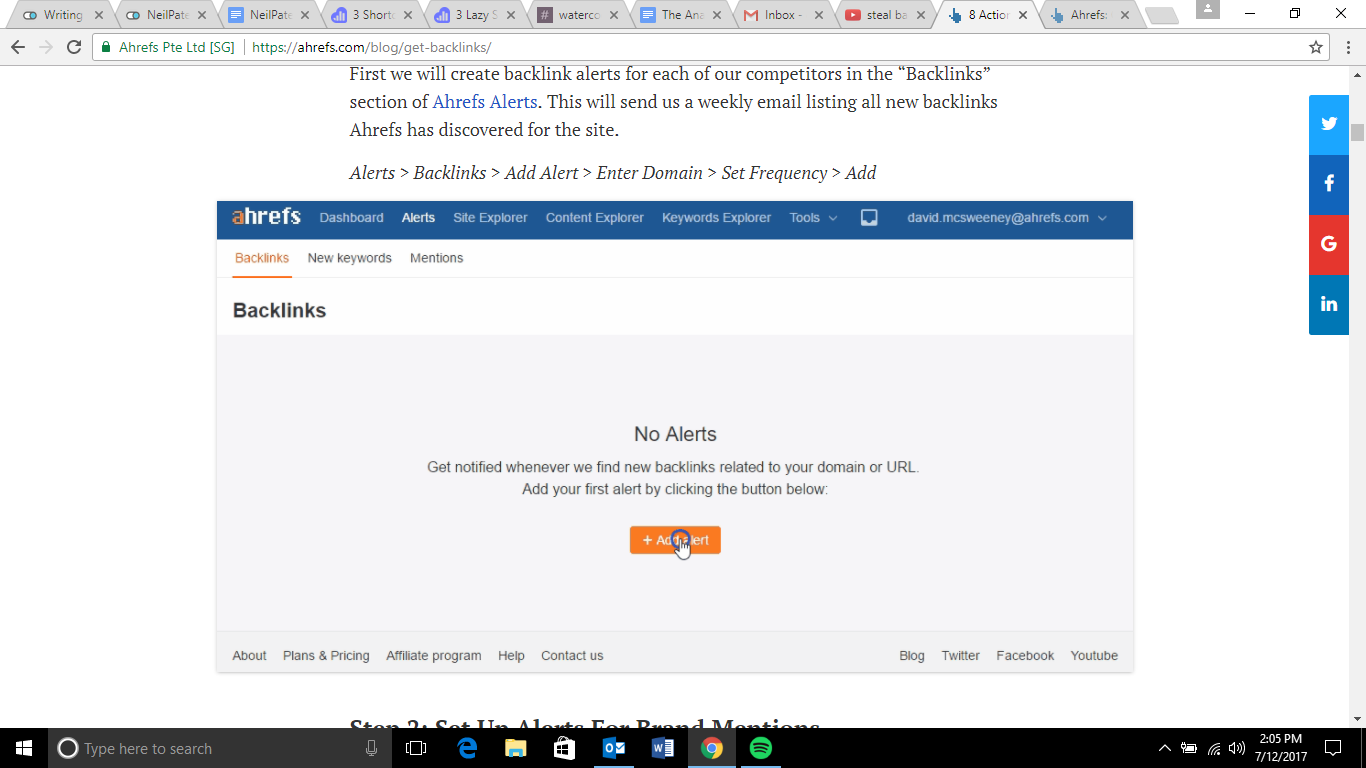
Comments (52)